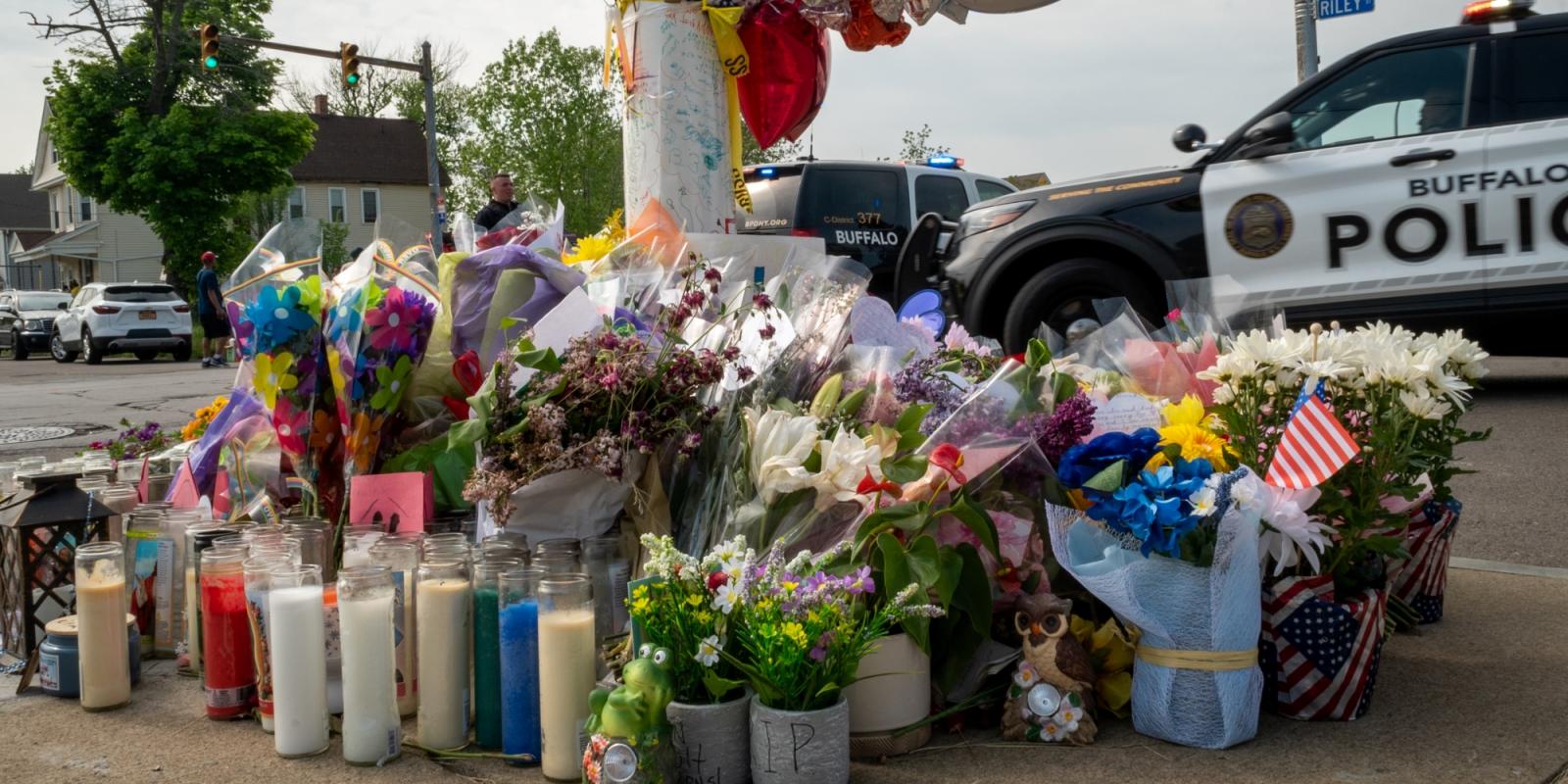Gun-related deaths and injuries have increased in the United States, and we know that each year, nearly 40,000 people die as a result of firearm violence—109 people each day. In fact, more people in the United States die from firearm injuries than from motor vehicle crashes.
Nearly 60% of the deaths are due to suicide, almost 40% are homicides and the remaining deaths are unintentional. We know that firearm violence affects the families, friends and communities of the people who die or are injured. We also know that firearm violence costs the United States approximately $557 billion each year.
Firearms and Older Adults
While firearm violence is a leading killer of young people, it also has an impact on older adults, through a direct effect, or indirectly, through the death or injury of a family member, friend or community member. In other words, firearm violence affects us across our lifespans, but in different ways.
While older adults may not be the victims of firearm-related homicide in the same way as young adults, children and adolescents, older adults are more likely to die from firearm-related suicide.
‘Older children who may be at risk of suicide also may seek out a firearm if they know there is one in the house.’
In addition, older adults often have grandchildren who visit their homes. If there is a firearm in the home, it is critical to store it safely—locked in a firearm safe and unloaded, where it is not accessible to children. Children are at risk of finding a firearm and playing with it, and if it is loaded, firing it and unintentionally injuring or killing someone else in the house.
Older children who may be at risk of suicide also may seek out a firearm if they know there is one in the house, and then may use it in a suicide attempt. The same is true for adults who are in crisis or have thoughts of suicide. It is important to note that more than half of suicides occur with a firearm.
Another concern for older adults is firearm violence that occurs within a relationship with a spouse or partner. In a relationship in which there is a history of violence, when one of the partners has a firearm, there is a risk of the firearm being used to inflict injury upon, or to threaten or scare a partner. In some cases, a firearm may be used to kill a partner before using the firearm in a suicide attempt.
Firearms in the Community
Living in a community in which firearm violence is common affects the sense of safety that a person feels, and may make it dangerous to walk in certain areas. It may feel unsafe to go to the grocery store, to wait for public transportation, to socialize outdoors, to take one’s dog for a walk, or to take grandchildren to a playground. Sometimes firearm violence affects people in their homes, when a stray bullet enters the home through a wall or a window, leading to a feeling of there being no safe haven.
Mass shootings, which are not as common as other types of firearm violence, also create a sense of insecurity and lack of safety, as well as fears of going to places where there are crowds, where people gather, where people go to relax. They can lead to a sense of uncertainty as well as fear.
‘While there are many factors associated with firearm violence, it is important to remember that it is preventable.’
The impact of firearm violence when it occurs can affect both physical and mental health. Some people who have been shot, or who have witnessed firearm violence may experience post-traumatic stress disorder (PTSD), anxiety or other conditions as a result of firearm violence. Disability, both short-term and long-term, also may result from firearm violence and vary in severity and impact. Such disabilities affect family structure, family financial status and family health.
While there are many factors associated with firearm violence, it is important to remember that it is preventable, and that there are ways to protect oneself, one’s family and friends, and others. Safe storage of a firearm—unloaded, in a locked safe or cabinet—can prevent children and adults from accessing it and causing harm to themselves or others.
Working with other members of the community to create safe spaces for recreation, for exercise and safe transportation to healthcare appointments, grocery shopping and other activities also can make a difference. Talking with your healthcare provider or contacting services that work to prevent domestic violence can decrease risk if you are in a relationship that has a history of violence. Calling the new suicide prevention hotline number 988 if you or a partner, relative or friend is in crisis or thinking about suicide can lead to help that can prevent suicide.
While it is unlikely that we can eliminate firearms from our society, what we can do on an individual or community level is to work to keep people safe, given that there are firearms in our environment.
Linda C. Degutis, DrPH, MSN, is a lecturer at the Yale School of Public Health, in New Haven, Conn.
Photo caption: Memorial after the Buffalo, NY, Tops Market shooting.
Photo credit: Val Dunne Photography













